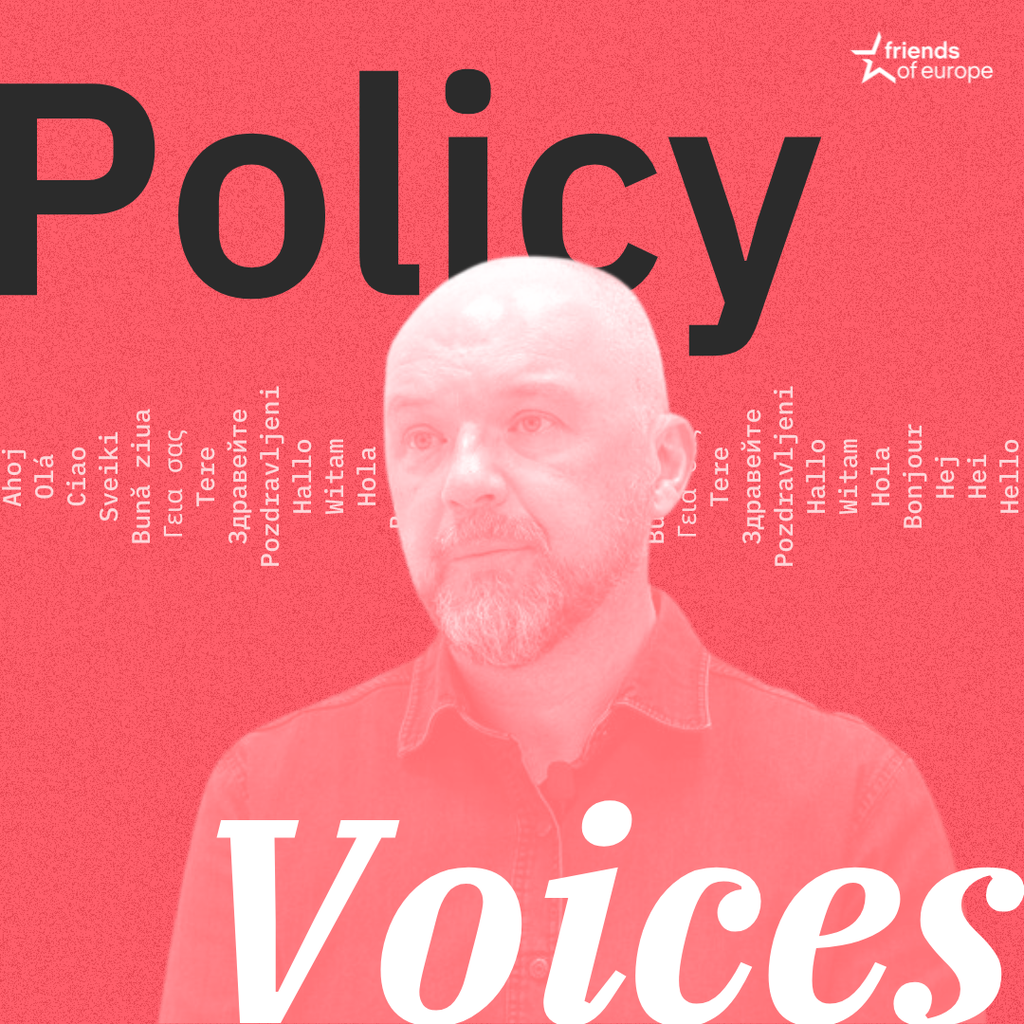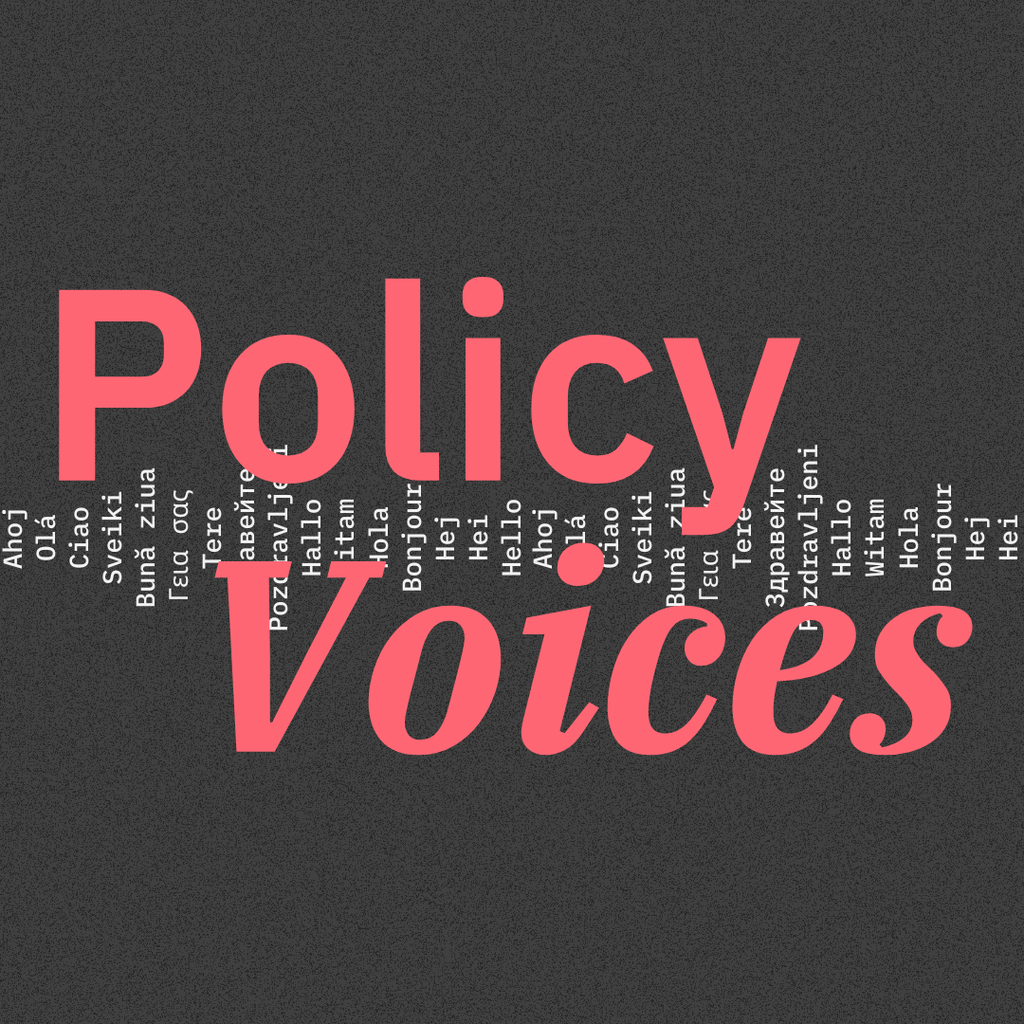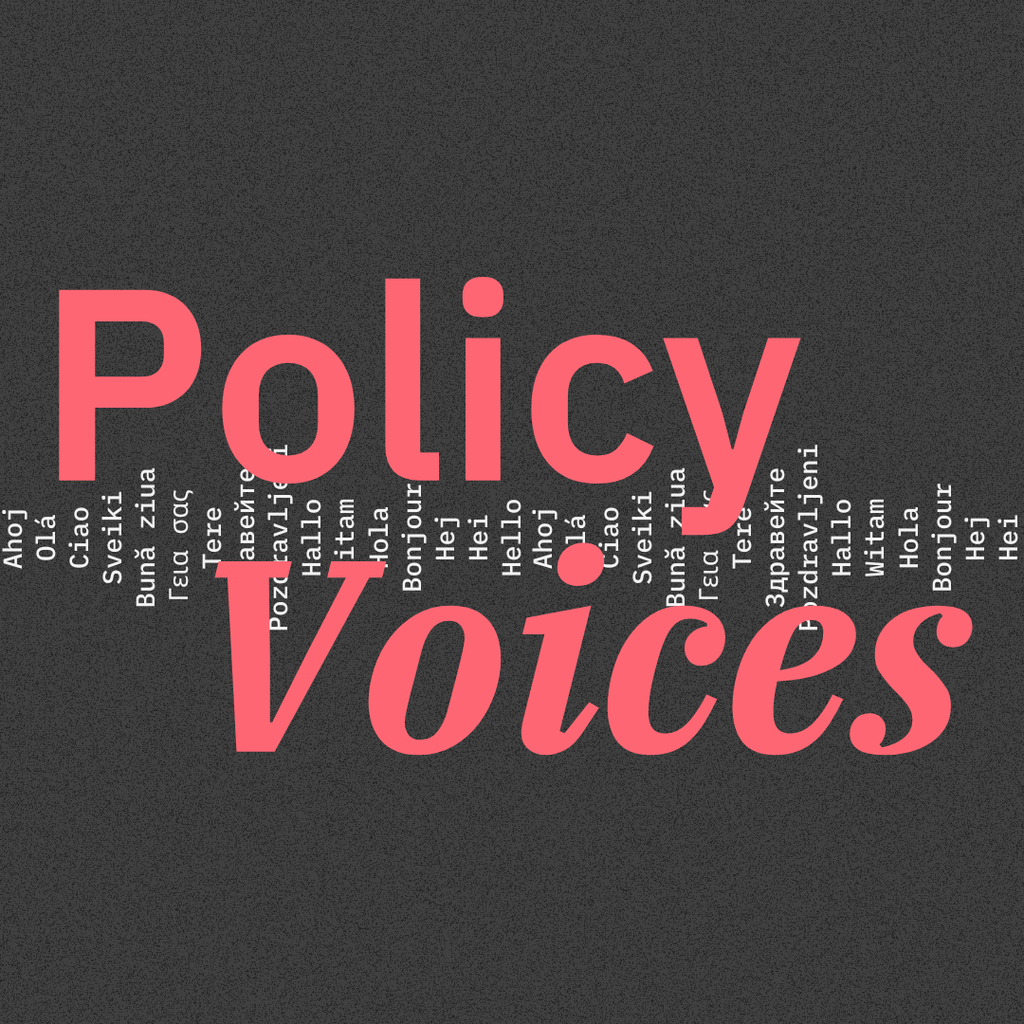Europe-China Forum
Next event In person & livestreamed

- Area of Expertise
- Global Europe
Global Europe

Director of Institute of Governance for Sustainable Development at Tongji University, Shanghai.
China’s circular economy has seen three development stages in less than 20 years. Between 1998 and 2000, the concept was first introduced and theoretical studies conducted in higher education institutions. The second stage from 2001 to 2005 saw the advent of clean production in enterprises and eco-industrial parks, at a time when the government’s environmental protection department had begun to increase.
But since 2006, China has been facing increasingly serious resource challenges and environmental threats, so the circular economy was soon being presented as an alternative development model by China’s Nation Development and Reform Commission (NRDC). This kick-started the third stage, and from that point onwards, the Chinese government has been taking action in four main areas.
First, there have been efforts to establish China’s circular economy “promotion law”. In 2008 The National People Congress of China (NPC) introduced a law to promote these initiatives with three main focuses. One of the law’s aims is to decouple economic growth from resource consumption and pollutants. Rather than being a simple environmental management policy, the circular economy was introduced as a green economy measure and also as a new development model that could help China leapfrog earlier practice to a more sustainable economic structure.
The circular economy was introduced as a green economy measure and also as a new development model that could help China leapfrog earlier practice to a more sustainable economic structure
Another focus of the law is to shift from a narrow vision of solid waste treatment to the idea of closed-loop material flows at all the stages that run from exploitation to production, distribution, consumption and treatment of waste. The law addresses the recycling of waste, the re-using of products and parts and the idea that we should be selling services instead of products.
The third aspect of the law has established basic systems to facilitate the development of the circular economy at national, provincial, municipal and county levels, introducing policies and instruments for controlling the total quantities of resource consumption and pollutant discharge, extending manufacturers’ product responsibilities and improving the examination system based on indices of resource input, recycling and pollutant discharge. Contrary to European policy, the Chinese version of the circular economy takes a top-down approach and uses command-control instruments rather than market-based ones.
The second area in which China is taking action is by setting goals for resource productivity improvement. The 2006 – 2010 National Economic and Social Development plan succeeded in reducing energy intensity in the economy by 20%. More generally, the 2011-2015 plan set resource productivity improvement targets at 15% every five years. But simply raising resource productivity isn’t enough when dealing with an annual growth rate of 7-10%, so in 2012 China resolved to create a more detailed plan for the circular economy. This will control the country’s total consumption of water, land, energy and materials, as well as the discharge of main pollutants. It will also adjust the speed and scale of economic growth so as to enable a sustainable transition to green growth.
Governments have been learning from pilot projects and are gradually expanding the circular economy to include the whole country
Third, China places a strong emphasis on local experiments. Governments have been learning from pilot projects and are gradually expanding the circular economy to include the whole country. Pilot schemes have been in place for eight years on three different levels. The first is the micro level, which covers single enterprises in high-resource-consumption and high-discharge industries and waste-recycling enterprises. The second is the meso level and is represented by eco-industrial parks and symbiosis. And the third is the macro level, involving cities and regions, including some resource-dependent areas in the central and western regions, and even large cities with scarce resources like Shanghai and Beijing. The early experiment units have mainly focused on low-level waste recycling so we need to further develop the high-level re-using of products and the product service system. A new group of experimental units has now begun, and China expects to see circular economy practices working nationwide by 2020. By then, more re-manufacturing of auto parts, machinery and product-service systems will be available so as to reshape business models along circular economy lines.
The government’s final measure is to develop appraisal indices for the circular economy. The State Development and Reform Commission, working with the State Environmental Protection Administration and National Bureau of Statistics, has published an index system for appraising four aspects of the circular economy: resource productivity or material intensity, waste discharge, the comprehensive utilisation of resources and waste treatment.
The resource productivity or material intensity index refers mainly to GDP produced by per unit of resource; the discharge of waste index reflects waste generation per capita; the comprehensive utilisation of resources index concerns reclamation and utilisation of solid waste, wastewater, urban household garbage; and the waste treatment index mainly describes the treatment rate of solid waste, wastewater and could reflect the finally reduced discharge (disposal) quantity of waste. In future years, these indices will be studied, improved and linked more closely with circular economy targets to measure more effectively the degree of decoupling economic growth from resource consumption and pollutant discharge and raising the ecological efficiency of economic growth.
Next event In person & livestreamed

Past event

Past event Online

Past event IN PERSON & ONLINE





Stay informed
We use cookies and similar technologies to adjust your preferences, analyze traffic and measure the effectiveness of our campaigns. Learn more about our privacy policy.